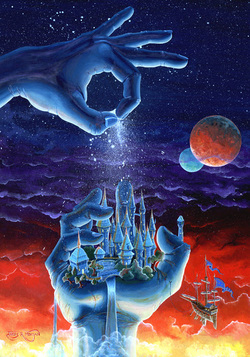
The fiction publishing game is an art form, not a science. In spite of claims by some people, you can’t really predict what will be successful or how something will sell. All a publisher can do is try to find something similar to a new work and claim that this new work will sell at the same levels. Sometimes this pays off. Sometimes it doesn’t. However, this approach gives a publisher nowhere to go when faced with a work that defies comparison.
This practice of seeking comparisons is magnified with fantasy. There are so many sub-genres now. You can’t just label yourself simply as a fantasy author. Do you write urban fantasy or paranormal romance? Horror or dark fantasy? High fantasy or epic fantasy?Steampunk or New Weird? And there are even more avenues of comparison In fantasy, such as the supernatural creature you’ve focused on. Is yours a ghost story? A unicorn tale? Dragons were in for a while, then lost favour, but now could be on their way back again to claim the treasure that is rightfully theirs. Vampires are still hanging on in there despite recent overexposure. Werewolves seem to be eternally roaming around on the periphery, and not quite in the centre of publishing. Zombies are remarkably persistent – they just keep on coming at you with those dead eyes.
So how do I answer that publisher question about what I would compare my novels to? I usually have to fudge the answer by picking the best selling fantasy author I can think of and qualifying the comparison. My novel’s like George R R Martin’s Game of Thrones, I would say, but with more likeable characters and genuine romance (which is, of course, saying it’s not like Game of Thrones at all, so I’m not lying). Or it’s like The Lord of the Rings but with strong female characters. Or it’s Harry Potter without the wizards.
What I would really like to do to answer the question is to create my own unique fantasy sub-genre labels for my novels. I would love to be able to say The Books of Ascension are “mystic fantasy”, that is, fantasy infused with eastern mysticism that involves the uncovering of deep secrets. I could also coin the term “sand and sorcery” to categorise my Seven Prophets series to suggest it’s sort of like “sword and sorcery” but set in the desert and drawing on Arabian Nights mythology. My middle grade fantasy series The Guardians of Wyrland could be pigeon-holed as “suburban fantasy”, where fantastical elements encroach on an average middle-class suburb.
I can’t be the only one who wants to create their own unique marketing labels for their work. If I’m going to be put in a box, I want to make the box myself so that it’s comfortable, and allow myself enough wriggle room so that I can get out.
So, what sort of fantasy do you write?
Artwork: "Berth" by James Morgan


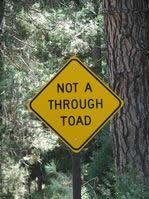

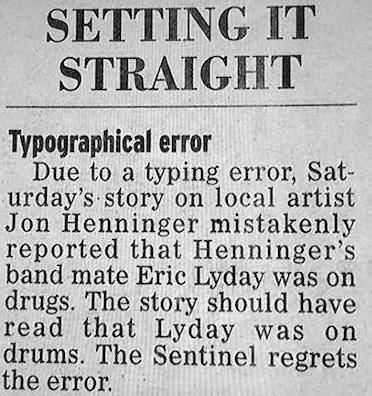

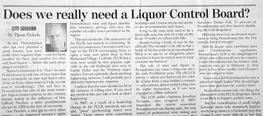
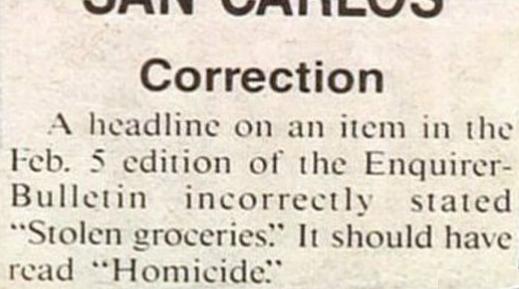
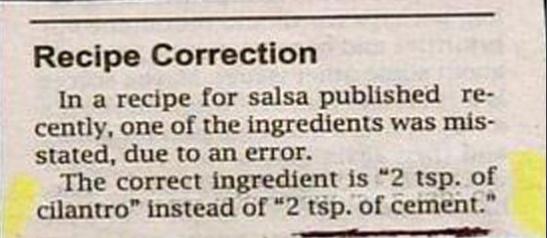
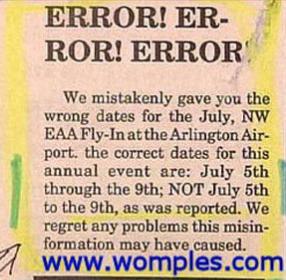

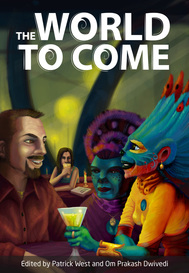
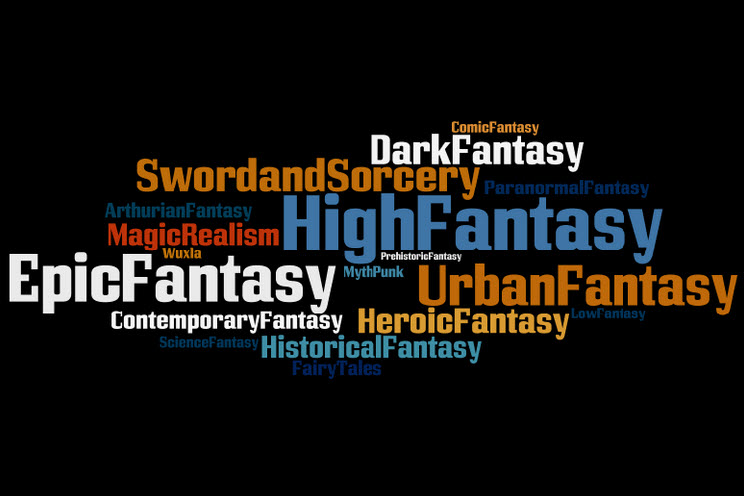



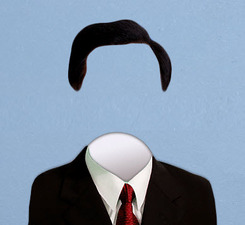
 RSS Feed
RSS Feed